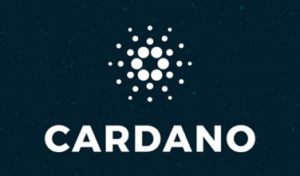Cryptocurrency mining is an essential process in securing many blockchain networks, and one popular method is pool mining. So, you may be wondering, how does pool mining work?
In a nutshell, pool mining involves multiple miners joining forces to increase their chances of successfully mining a block and earning rewards. This cooperative approach combines the computational power of individual miners to collectively solve complex algorithms required to validate transactions on the blockchain.
Here’s how it works: Miners connect to a pool mining server, which coordinates the mining efforts of all participants. The server distributes tasks to individual miners, who then work on solving these tasks. Once a miner in the pool successfully mines a block, the rewards are distributed among all participants based on their contribution to the mining process.
One of the key benefits of pool mining is that it reduces the variance in mining rewards. In solo mining, the reward for successfully mining a block goes entirely to the miner who solves the algorithm first. However, in pool mining, even if your individual contribution is small, you still receive a share of the rewards whenever the pool successfully mines a block.
Another advantage of pool mining is the steady and predictable income it provides. By pooling resources with other miners, you can receive regular payouts proportional to your contribution, rather than waiting for the occasional windfall from solo mining.
To participate in pool mining, you need to choose a mining pool that suits your preferences and meets your technical requirements. Different pools have varying fees, payout structures, and minimum payout thresholds, so it’s essential to research and select a pool that aligns with your mining goals.
Once you’ve selected a pool, you will need to configure your mining hardware and software to connect to the pool’s server. Most mining pools provide detailed instructions on how to set up your mining equipment for optimal performance within the pool.
When you start mining in a pool, you will see your contributions reflected in your account dashboard, showing your hashrate, the number of shares you’ve submitted, and your estimated rewards. This real-time feedback allows you to track your progress and adjust your mining setup if needed.
Overall, pool mining is a collaborative and efficient way to participate in cryptocurrency mining. By joining forces with other miners, you can increase your chances of earning consistent rewards and contribute to the security and decentralization of blockchain networks.
So, whether you’re a beginner looking to start mining or an experienced miner exploring different mining strategies, pool mining offers a practical and rewarding approach to cryptocurrency mining. Happy mining!


